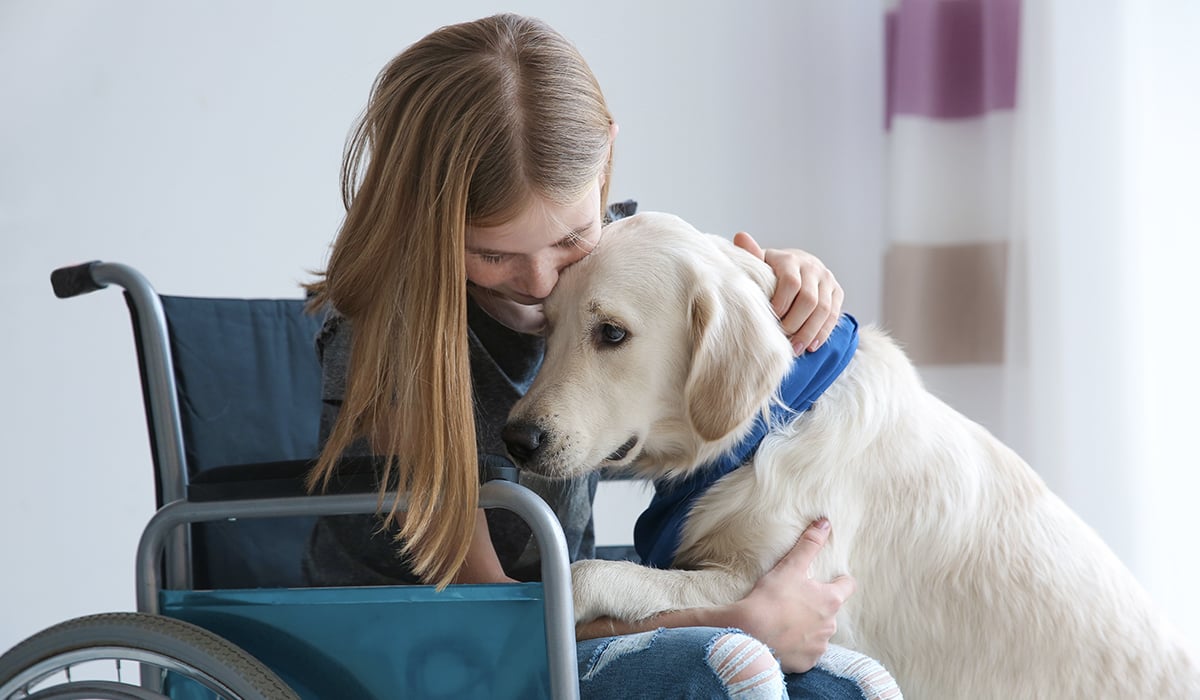Approximately 5 million people are bitten by dogs every year, according to the nonprofit American Animal Hospital Association. The largest population bitten? Children. They’re typically victims to family pets, too.
Because these injuries occur to so many people each year, it’s important to be prepared. You should always know what to do if a dog bite occurs, when to go to a hospital or call a doctor, and how to prevent infection. Each situation requires different types of treatment—either your own first aid, or medical care.
Buglino Plastic & Reconstructive Surgery explains what you should do if a dog bites you or a loved one.
What to Do Immediately After a Bite
As soon as you experience a dog bite, you should put distance between yourself and the dog to lower your risk of a second chomp. Once you’ve put a safe gap between yourself and the dog, attempt to find its owner. He or she may be somewhere nearby, or you may have to ask a neighbor for their whereabouts. Once identified, inquire about the dog’s vaccination history and veterinarian’s contact information. It’s also best to get the owner’s name and telephone number, in case you have further questions.
You should also never rule out the possibility of getting bitten by your own pet. If you do, follow similar procedures, ensuring you remove yourself from the dog’s space. It’s important to keep up with your canine’s rabies shots, to ensure that if a bite does occur, you can rule out infection.
You should always know what to do if a dog bite occurs, when to go to a hospital or call a doctor, and how to prevent infection.
After you’ve completed these initial steps, inspect the severity of the injury to determine the type of first aid you’ll need. You may be able to administer your own care for a minor injury.
If your skin wasn’t broken, simply wash the area with warm water and soap and apply antibacterial lotion. If there was a break, take these same measures, with the addition of gently pressing on the wound to flush out germs through bleeding. If bleeding begins at the time of injury, gently press a clean cloth over the wound to stop the flow. Apply antibacterial lotion and a sterile bandage.
When to Seek Help
Once you’ve taken care of your wound, you should watch it for signs of infection. If the site becomes red, warm, swollen, tender, or painful, or you develop a fever, seek medical assistance immediately.
If the wound is more severe than the aforementioned injuries, you’ll need to seek medical treatment. The symptoms of a serious injury can include:
- Continuous Bleeding
- Intense Pain
- Exposed Bones, Tendons, or Muscle
- Function Loss
- Swelling & Redness
- Existence of Fluid or Pus
If the attack was caused by a dog with an unknown vaccination history or one that appears sick, definitely see a physician. Have someone drive you to the hospital or healthcare facility.
What Can a Dog Bite Cause?
It’s important to get to the hospital as soon as possible, because dog bites can cause many complications, including:
- Infection
- Nerve & Muscle Damage
- Broken Bones
- Rabies
- Tetanus
- Scarring
- Death
How to Prevent Infection & Rabies
Infection and rabies can be prevented when you seek medical attention. Your physician will administer a rabies post-exposure vaccine, which is completed in a set of four injections throughout several weeks. A rabies immune globulin injection will also be performed. To prevent infection, a doctor may prescribe oral or intravenous antibiotics for one to two weeks. Although a tetanus inoculation is good for 10 years, the physician may give a booster shot to increase your resistance. Severe wounds may also require stitches to reduce scarring.
How a Plastic Surgeon Can Effectively Treat a Dog Bite
A dog bite can be a bit more challenging to treat than say, a knife cut. Patients who accidentally get slashed by a conventional knife have a straight line injury, while dog bites leave teeth marks, puncture wounds, tears, and damage to tissues, tendons, and nerves. Board certified plastic surgeons can typically treat complex wounds, punctures, and other lacerations. Reconstructive surgeons also have experience grafting bone or muscle on various parts of the body. They can take extra precautions and care to ensure minimal scarring after surgery.
Dr. Anthony Buglino has extensive experience treating dog bites for both children and adults on the face and body. He can perform the reconstructive surgery necessary to properly restore function and ensure minimal scarring. The Woodbury, NY facility also offers laser treatments to reduce scars.
If you or a loved one are bit by a dog, call us at (516) 864-0700 for immediate care. Depending on the severity, Dr. Buglino can either meet you at the hospital or his facility. If you need to go to a hospital, Dr. Buglino can streamline the process.




